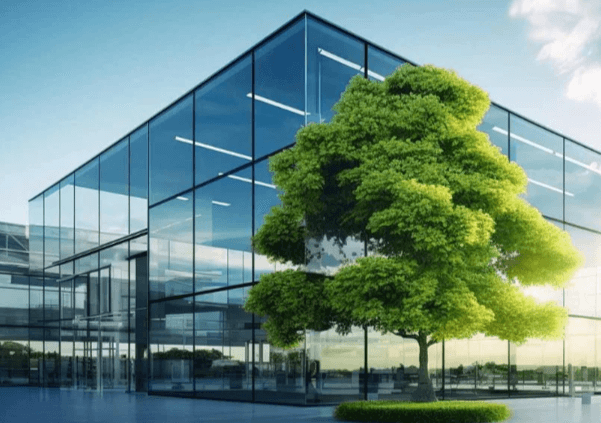Architectural Services for Innovative and Sustainable Design

The integration of innovative and sustainable design in architectural services has become increasingly vital in addressing contemporary environmental challenges. By focusing on energy efficiency, sustainable materials, and adaptive reuse, architects are not only redefining aesthetics but also enhancing the functionality and longevity of buildings. This shift towards environmentally conscious design invites a broader discourse on how these practices can transform urban landscapes and community wellbeing. As we consider the implications of such approaches, the question arises: what will the future of architectural practice look like in a world that demands sustainability?
Importance of Sustainable Architecture
In the context of an increasingly urbanized world, the importance of sustainable architecture cannot be overstated.
By prioritizing green materials and energy efficiency, architects can design structures that minimize environmental impact while enhancing occupant well-being.
This approach not only conserves resources but also fosters a sense of freedom, allowing communities to thrive within eco-friendly spaces that promote sustainability and resilience for future generations.
Key Innovative Architectural Practices
Numerous innovative architectural practices are transforming the landscape of sustainable design, integrating cutting-edge technologies with eco-friendly methodologies.
Biophilic design fosters a connection between occupants and nature, enhancing well-being while reducing energy consumption.
Meanwhile, adaptive reuse breathes new life into existing structures, minimizing waste and preserving cultural heritage.
Together, these practices exemplify a commitment to creating harmonious, sustainable environments that celebrate creativity and ecological responsibility.
Case Studies of Successful Projects
Successful architectural projects serve as compelling case studies, demonstrating the tangible benefits of sustainable design principles in real-world applications.
Notable examples include innovative green buildings that utilize renewable materials and energy-efficient technologies, alongside adaptive reuse strategies that breathe new life into historic structures.
These projects exemplify how thoughtful design can harmonize with environmental stewardship, enhancing community vitality while preserving cultural heritage.
Future Trends in Architectural Services
Emerging technologies and shifting societal values are reshaping the landscape of architectural services, ushering in a new era of design that prioritizes sustainability and resilience.
Digital transformation enables architects to harness data for innovative solutions, while adaptive reuse promotes resource efficiency and cultural preservation.
These trends reflect a growing demand for designs that not only meet functional needs but also resonate with the community and environment.
Conclusion
In a world increasingly defined by its environmental challenges, the pursuit of innovative and sustainable architectural design emerges as both a necessity and an irony. Buildings crafted with ecological mindfulness paradoxically reflect humanity’s most profound connection to nature, all while serving as stark reminders of past negligence. As architectural services evolve, the celebration of resource conservation and cultural heritage may transform not only urban landscapes but also the collective consciousness, ultimately shaping a future where sustainability is a mere afterthought.


